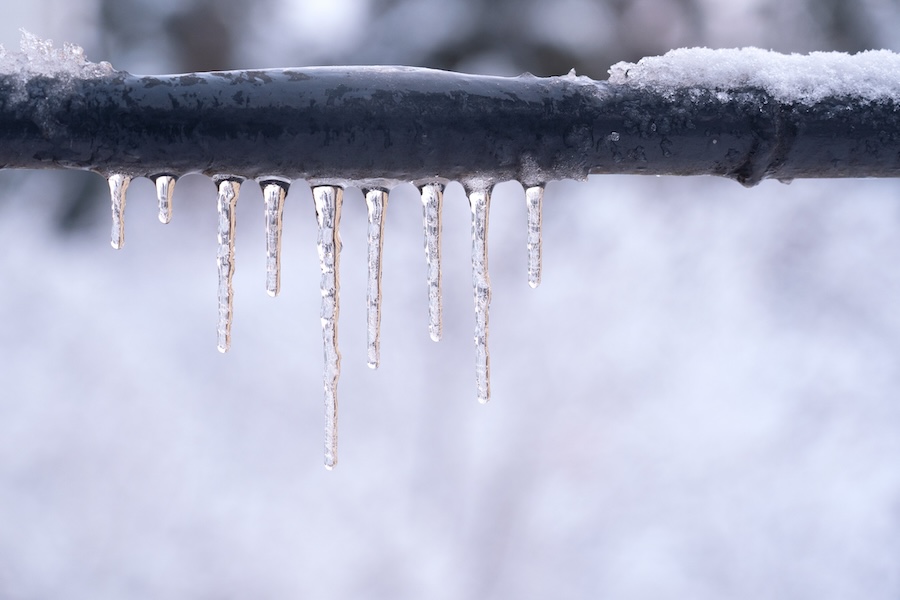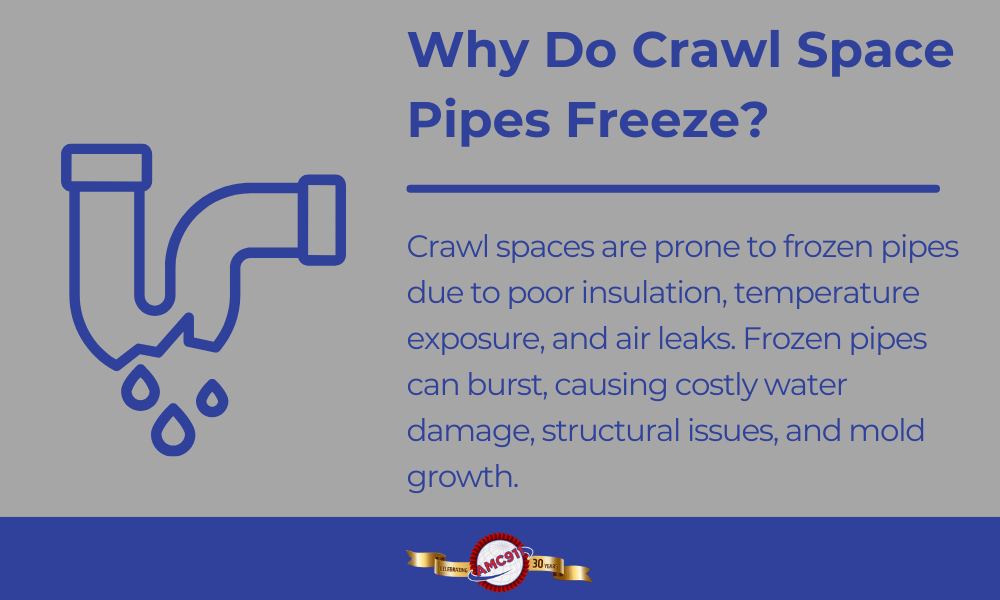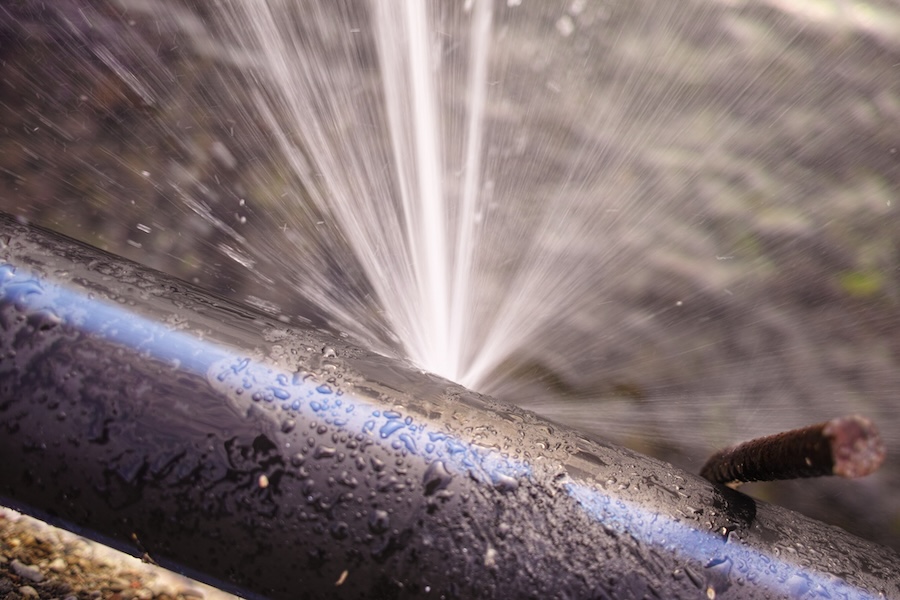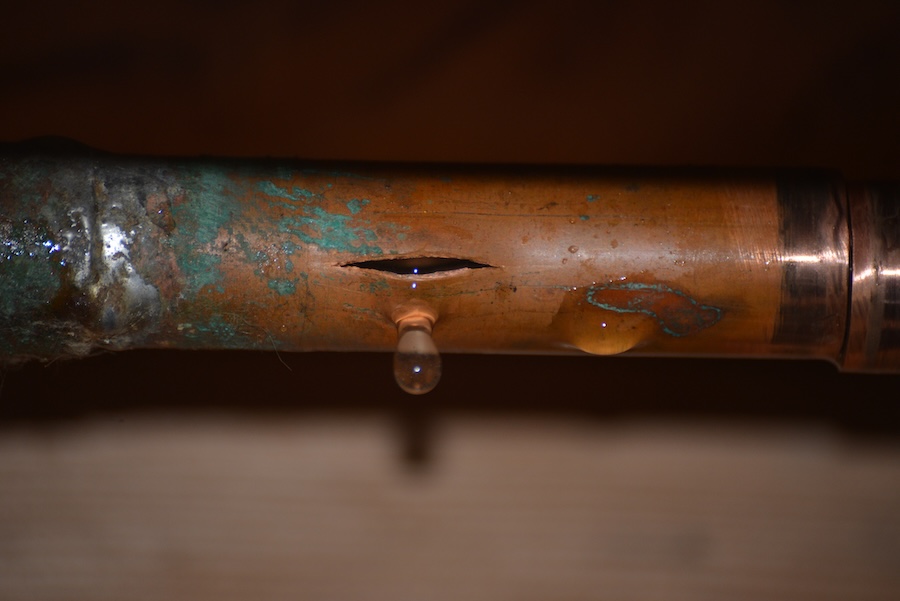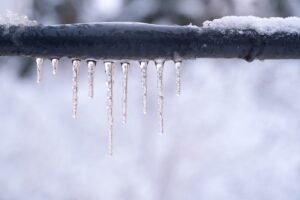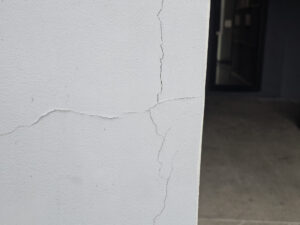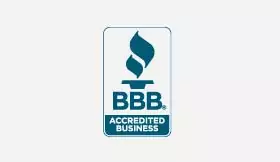You wake up on a frigid winter morning, turn on the faucet, and nothing happens. The sinking feeling hits as you realize your pipes have frozen overnight. If your home has a crawl space, you’re dealing with one of the most vulnerable areas for frozen pipe problems.
The good news? You can prevent this nightmare scenario with the right approach. Here’s your quick action plan:
- Wrap exposed water pipe with proper insulation
- Install heat tape on vulnerable pipe near exterior walls
- Keep a consistent heat source in your crawl space during cold weather
- Allow faucets to drip when freezing temperatures are forecast
- Seal air leaks that let cold air into your crawl space
These steps form the foundation of pipe freeze prevention, but there’s much more to know. Let’s dive deeper into protecting your home’s plumbing system when cold temperatures threaten your water supply.
Why Crawl Space Pipes Freeze and What Happens When They Do
The Perfect Storm for Frozen Pipes
Crawl spaces create a perfect environment for pipe freezing. Unlike basements or heated areas of your home, these unheated areas lack proper climate control. Several factors make your water pipe particularly vulnerable:
Temperature Exposure: Crawl spaces sit between your home’s heated interior and the cold ground below. When frigid temperatures arrive, these spaces become nearly as cold as the outdoors.
Poor Insulation: Most crawl spaces have minimal insulation, allowing cold air to circulate freely around your pipe.
Ground Contact: The cold earth acts like a giant heat sink, pulling warmth away from any pipe running close to the ground.
Air Infiltration: Gaps around your foundation let cold air sweep through the space, creating wind chill effects that can freeze water pipe faster than still air.
The Devastating Cost of Burst Pipes
When water inside a pipe freezes, it expands with tremendous force. This expansion creates pressure that even the strongest pipe cannot withstand. Here’s what happens next:
- Immediate pipe failure – The pipe cracks or bursts completely
- Massive water damage – Once the pipe thaws, water floods your crawl space and potentially your home
- Structural problems – Standing water can damage floor joists, insulation, and foundation elements
- Mold growth – Moisture creates perfect conditions for harmful mold
- Insurance complications – Many homeowners insurance policies have specific requirements for pipe freeze claims
The repair costs can easily reach thousands of dollars, making prevention your best investment.
Pipe Insulation and Heating Solutions
Choosing the Right Pipe Insulation
Your first line of defense involves wrapping vulnerable water pipe with appropriate insulation. Visit your local hardware store to find these effective options:
Foam Pipe Sleeve: These split-foam tubes slip over your pipe easily. They work well for straight runs but require careful cutting around joints and fittings.
Fiberglass Wrap: This flexible material works around complex pipe configurations. Secure it with duct tape or zip ties for best results.
Reflective Insulation: Combines foam with a reflective barrier to reflect heat back toward the pipe.
Focus your insulation efforts on:
- Pipe running along exterior walls
- Water supply lines entering your home
- Any pipe in the coldest areas of your crawl space
- Connections near your water meter
Installing Heat Tape for Extra Protection
Heat tape provides active warming for your most vulnerable pipe. This electrical heating element wraps around your pipe and plugs into standard outlets. When temperatures drop, the tape automatically maintains safe temperatures.
Installation Tips:
- Clean the pipe surface before applying tape
- Wrap the tape in a spiral pattern, avoiding overlaps
- Secure with electrical tape every 12 inches
- Ensure proper electrical wiring connections
- Never use heat tape with damaged electrical cords
Safety Note: Always follow manufacturer instructions and never use an open flame near heat tape or other heating devices.
Space Heater Strategies
A space heater can provide broader protection for your entire crawl space. Consider these approaches:
Portable Space Heater Placement:
- Position the heater away from combustible materials
- Ensure adequate ventilation to prevent carbon monoxide buildup
- Use heaters with automatic shut-off features
- Keep the space heater on a stable, level surface
Alternative Heating Options:
- Electric heating pad for small, localized areas
- Ceramic heaters that provide consistent warm air circulation
- Oil-filled radiators for longer-term heating needs
Comprehensive Crawl Space Protection Strategies
Sealing Air Leaks and Improving Insulation
Cold air infiltration causes many pipe freezing problems. Target these common entry points:
Foundation Gaps:
- Seal cracks in foundation walls with appropriate caulk
- Install foam board insulation against foundation walls
- Weather-strip crawl space access doors
Pipe Penetrations:
- Seal gaps where pipe enter through exterior walls
- Use expanding foam around water supply lines
- Install pipe sleeve with proper sealing
Ventilation Management:
- Close foundation vents during winter months
- Install vent covers to block cold air while maintaining some airflow
- Balance moisture control with freeze prevention
Protecting Outdoor Connections
Your outdoor faucets and outside faucet connections need special attention:
Outdoor Faucet Preparation:
- Disconnect all garden hoses
- Turn off the shut-off valve inside your home
- Open the outdoor faucets to drain remaining water
- Install insulated faucet covers
Water Meter Protection:
- Insulate pipe near your water meter location
- Clear snow and ice from around meter boxes
- Know where your main shut-off valve is located
Interior Strategies for Freeze Prevention
Simple actions inside your home can help prevent pipe freezing:
Improve Air Circulation:
- Open cabinet doors under sinks to let warm air reach pipe
- Keep interior doors open to improve whole-house air flow
- Run ceiling fans on low to circulate warmer air
Water Movement Techniques:
- Let faucets drip slowly during extreme cold temperature
- Run water briefly in all fixtures daily
- Keep hot water flowing to maintain pipe temperature
Emergency Response and Professional Solutions
Recognizing and Handling Frozen Pipes
Know these warning signs of frozen pipe:
- No water flow from faucets
- Strange banging or whistling sounds
- Visible frost on pipe
- Reduced water pressure throughout your home
- Toilets that won’t flush properly
Safe Thawing Methods:
- Hair Dryer: Apply gentle heat, starting near the faucet and working toward the frozen section
- Warm Towels: Soak towels in hot water and wrap around the frozen pipe
- Space Heater: Position safely near the frozen area to provide ambient heat
Never use these dangerous methods:
- Open flame from torches or propane heaters
- Electrical appliances in wet conditions
- Boiling water directly on pipe
If you discover a burst pipe, immediately turn off your water supply at the main shut-off valve and contact a plumber.
When to Call AMC911 for Professional Help
While these preventative measures work well for minor freeze protection, some situations require professional expertise. AMC911 Crawl Space & Foundation Repair has spent over 30 years helping Hampton Roads homeowners protect their properties from water damage and foundation problems.
Professional Crawl Space Solutions Include:
- Complete crawl space encapsulation to eliminate cold air infiltration
- Engineered insulation systems designed for your specific home
- Moisture control systems that prevent both freezing and humidity problems
- Foundation repair that addresses underlying structural issues
As a Class A contractor with an A+ Better Business Bureau rating, AMC911 provides engineered solutions backed by decades of experience. Our family-owned business understands the unique challenges facing homeowners in Virginia’s climate.
Don’t wait for the next cold snap to test your pipe protection. Contact AMC911 today for a free crawl space inspection and learn how professional solutions can safeguard your home’s water supply and prevent costly water damage.
Taking action now with proper preventative measures can save you thousands in repair costs and protect your family from the stress of dealing with a burst pipe during the coldest days of winter.

